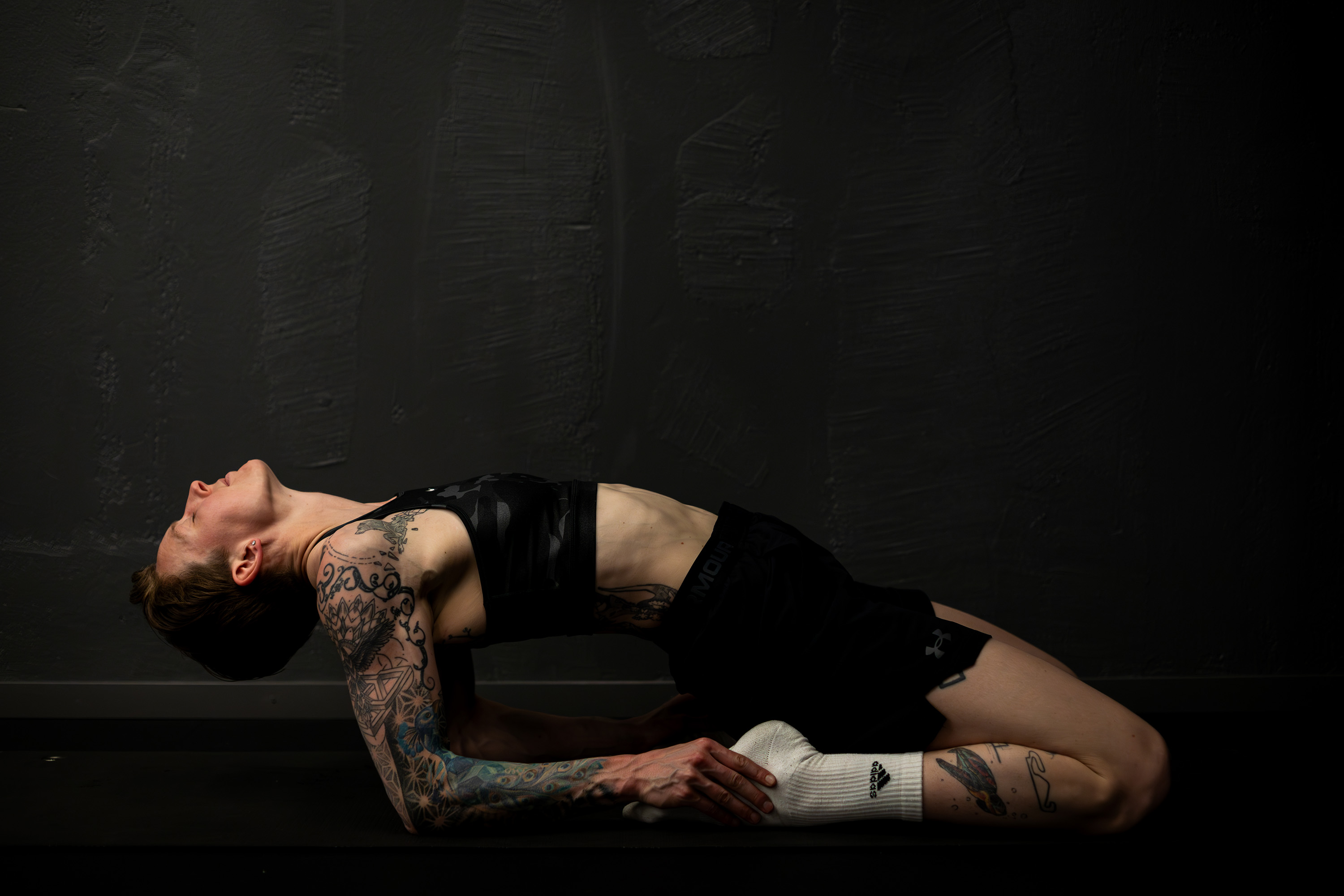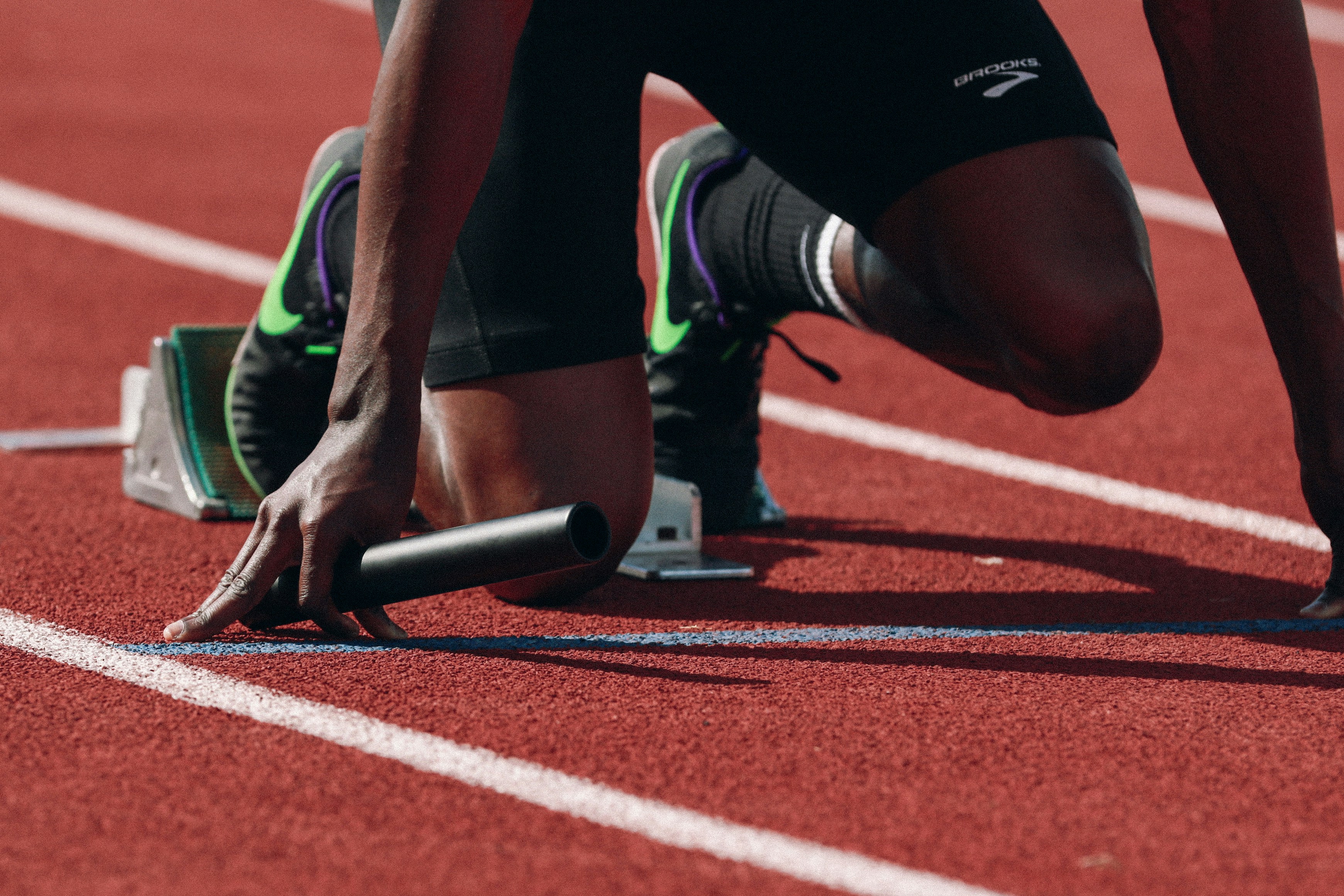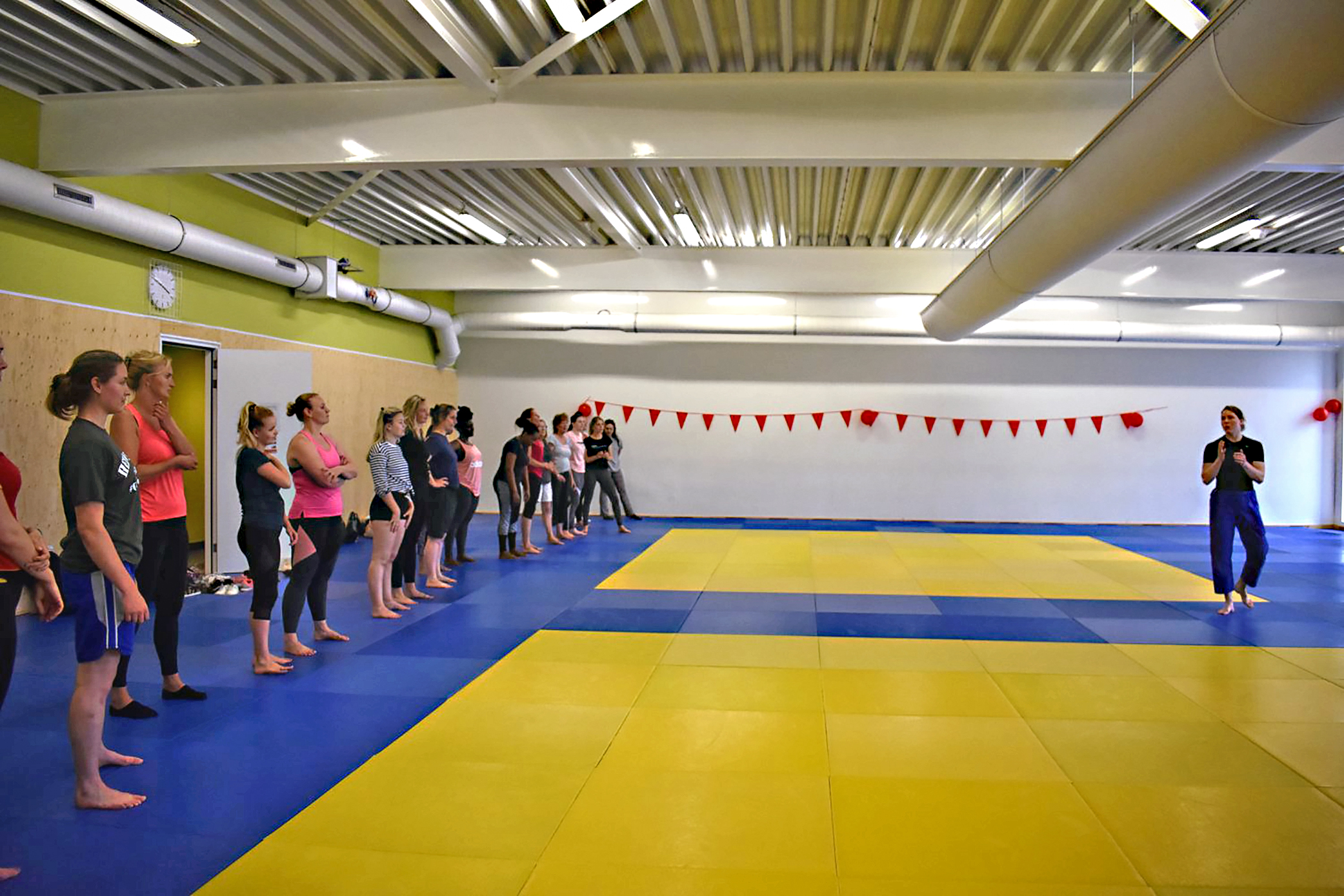Stretching isn’t just for dancers and yogis. It’s essential for anyone who wants to move better, feel looser, and reduce injury risk. But not all stretches are equal. In fact, choosing between dynamic and static stretching can mean the difference between priming your body for performance or ‘putting it to sleep.’
Dynamic Stretching: Move to prep
What is it:
Dynamic stretching involves controlled, movement-based stretches that take your body through its full range of motion. You’re not holding the stretch, you’re flowing through it.
When to do it:
Before workouts or sports. Dynamic stretching is best during warm-ups. It wakes up your muscles, increases heart rate, and improves coordination.
- Boosts blood flow to muscles
- Increases core temperature
- Improves mobility and neuromuscular control
- Helps prevent injuries during explosive movements
Studies (like those in the Journal of Strength and Conditioning Research) show dynamic stretching improves sprint performance, vertical jump, and agility — while static stretching beforehand can decrease power output.
5 Dynamic stretches:
- Leg swings
Stand tall, swing one leg forward and back in a controlled motion.
Great for: Hamstrings, hip flexors, glutes - Walking lunges with a twist
Lunge forward, then twist toward the lead leg.
Great for: Quads, hip flexors, core - Arm circles
Make big circles with your arms, forward and backward.
Great for: Shoulders, chest - High knees
Jog in place, bringing knees up to waist height.
Great for: Hip flexors, calves, core engagement - Inchworms
Walk hands out into a plank, then feet toward hands.
Great for: Hamstrings, calves, shoulders, core
Static Stretching: Hold to cool down
What is it:
Static stretching involves holding a muscle in an elongated position for a period of time — typically 20 to 60 seconds.
When to do it:
After workouts / middle or end of the day. Avoid static stretching in your warm-up, especially if strength, speed, or power are on the menu.
- Enhances flexibility
- Aids recovery
- Reduces muscle stiffness
- Calms the nervous system
A 2022 systematic review in Sports Medicine confirms that static stretching after exercise can reduce muscle soreness and improve range of motion, but may temporarily reduce strength if done right before intense activity.
5 Static stretches:
- Standing hamstring stretch
Place one foot forward, bend from the hips, and reach toward the toes.
Great for: Hamstrings, lower back - Seated forwardfFold
Sit with legs extended and reach forward.
Great for: Spine, hamstrings, calves - Figure 4 stretch
Cross one ankle over the opposite knee and sit back.
Great for: Glutes, hips - Shoulder stretch across the chest
Pull one arm across the body with the opposite hand.
Great for: Shoulders, upper back - Quad stretch
Standing, grab one ankle and pull it toward your glutes.
Great for: Quads, hip flexors
Summary
Stretch type: Dynamic
When to use: Before workouts
Purpose: Warm up, activate muscles
Hold or move: Move through
Stretch type: Static
When to use: After workouts, rest days
Purpose: Cool down, improve flexibility
Hold or move: Hold position




